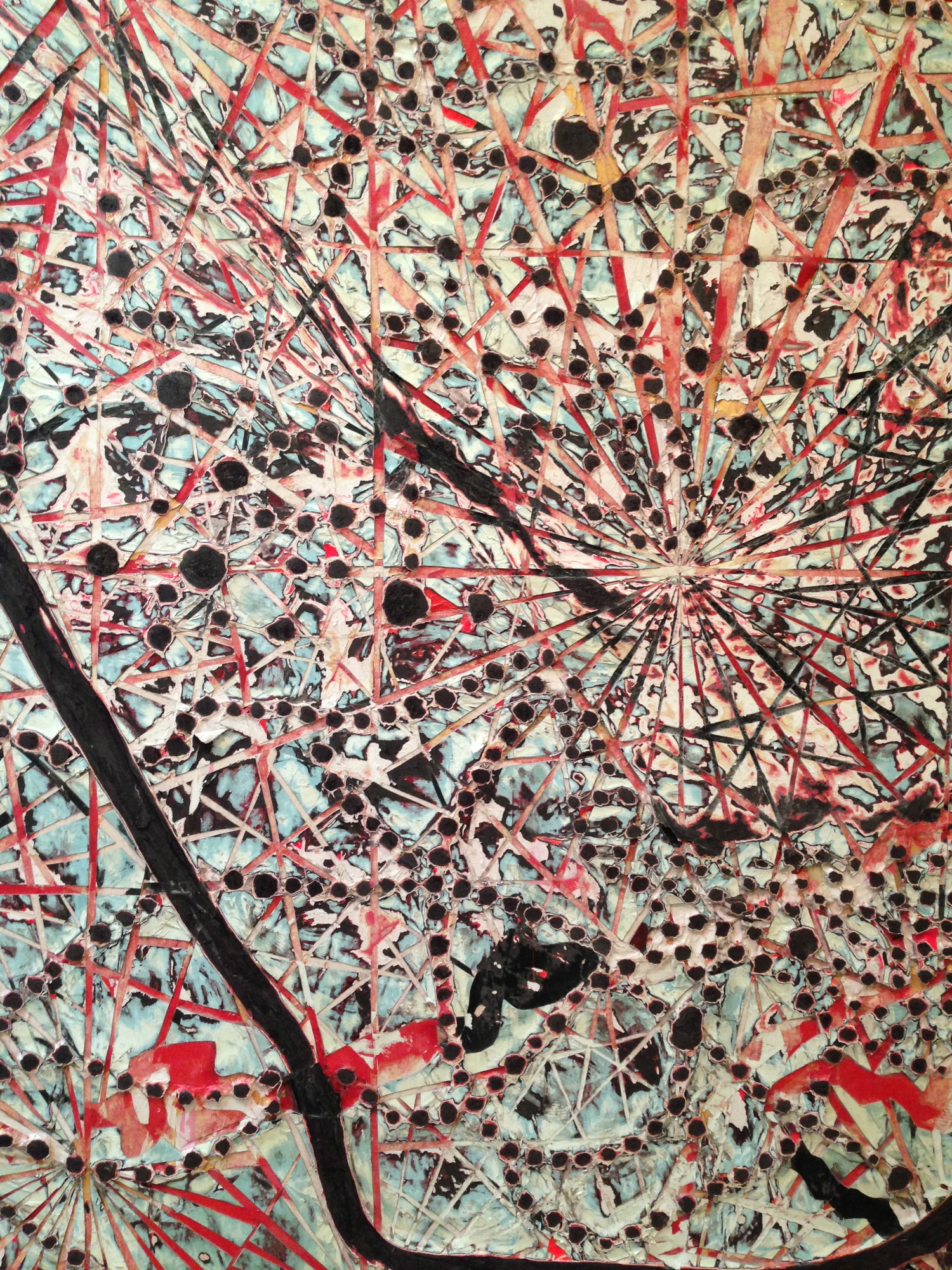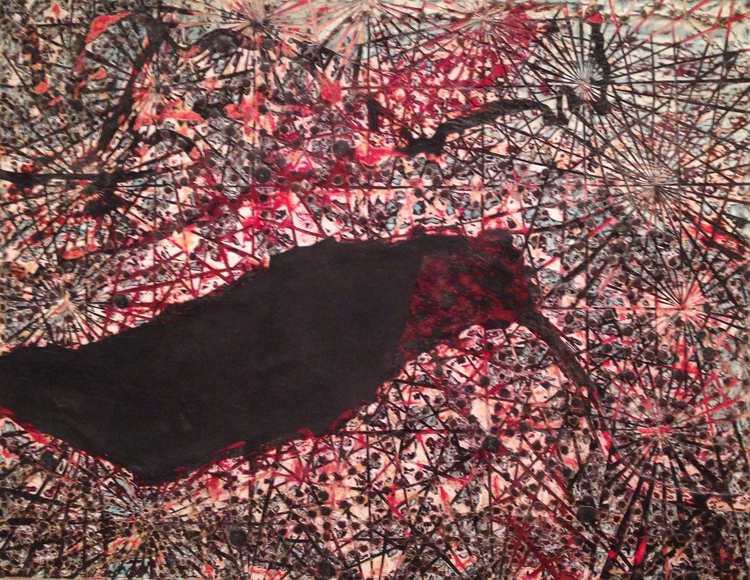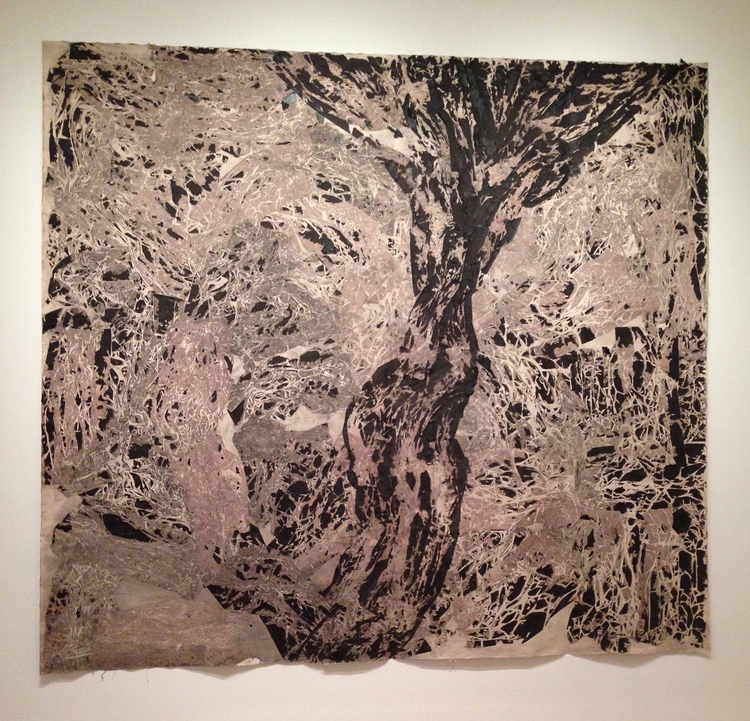Been thinking about the process of excavating memory as it relates to history and the NYT’s 1619 Project. This is a repost from my old blog TONDI from a few years ago. Thought I’d share.~ Colony

Original Post: SEPTEMBER 15, 2015, TONDI
On a summer day in May an entire community was wiped off the map and its history would remain buried in layers of shame for over 80 years. In 1921 Greenwood was a prosperous black enclave in Tulsa, Oklahoma where black doctors, lawyers, educators and bankers created an affluent self sustaining community. This community, often referred as “Black Wall Street” by locals, was destroyed during a race riot erupting over an alleged rape of a white woman. Angry mobs of white men confronted the inhabitants of this town looting Greenwood residents of their possessions and pride. In the wake of the tragedy there was an immediate cry to rebuild the area and restore dignity to its residents, however in an attempt move on “in a normal condition”, Tulsa’s efforts to officially recognize this tragedy were stalled and ultimately ignored. It took 80 years for the remaining survivors to receive an official apology from the city of Tulsa in 2001. In 2006, Mark Bradford painted Scorched Earth as a visual depiction of the destruction of Greenwood paralleled to the destructive L.A. Riots of 1992. This summer UCLA’s Hammer Museum re-visited the concept of buried memory in an exhibit named after Mark Bradford’s 2006 painting.
Scorched Earth is Bradford’s first museum scale exhibition in Los Angeles featuring his most recent work that demonstrates new techniques and a broader material palate including layered, dyed paper pulp and resin. Bradford has always repurposed non-conventional materials in inventive ways (for example, perm end papers from his mother’s hair salon), but in Scorched Earth, his combination of mixed media and technique reveal a common thread in this recent body of work. In addition to mixed media on canvas, he uses “etched memory” throughout the exhibit. Dealing with AIDS, the L.A. Riots and racism, Bradford etches memory to uncover meaning from the past among layers of time, environmental and social change. Bradford’s use of this technique allows his work to stand as excavated memorials that examine the progression of healing from personal pain, trauma and destructive historical events.

Bradford created a site specific mural in the Hammer’s lobby called Finding Barry, (2015), which is a colorful map of the United States highlighting statistics of AIDS diagnosis rates by state in 2009. In order to create the colorful topographical outlines of the map, Bradford excavated layers of paint from the large main wall in the lobby. The exposed paint revealed layers of color from the 20 previous mural installations which were whitewashed and primed in preparation for future exhibits. Graffiti artist Barry McGee was the first artist to paint a mural in the Hammer’s lobby in 2000 and the title of the piece serves as a nod to McGee. The carefully excavated layers in the wall’s creative history reveal a historical backdrop that acts as a foundational component of the work. In Finding Barry, Bradford relies on the mutability of culture to shape the context in the map and it gives the viewer a perspective of AIDS that they may not have previously contemplated.
In Samples 1,2 and 3 (2015) Bradford provides an abstracted examination of AIDS cells inspired by his viewing of HIV and Non HIV cell samples under microscope. In this trio of white mid-size canvases, Bradford layers each work with stock paper in red, sky blue and neutral colors and peppers the canvas with multi-sized round globs of black dyed paper pulp. Using incisions, the artist peels back layers of torn paper to reveal flashes of scarlet red sunbeams that form radiating networks among the black cells. The three paintings highlight the subtle differences between three specimen samples, exposing the viewer to the mutability of the disease and how it traverses networks in various environments. These paintings mirror how the body moves and adapts among changing social and political environments.

Bradford’s work also tackles social transformation, particularly in South Central Los Angeles after the L.A. Riots. In Rebuild South Central Without Liquor Stores (2015), he layers magazine ads, posters and news clippings and etches a colorful multi lingual message to Los Angeles to heal from the past while remembering the symptoms that contributed to its original pain. It is an interesting take on a healing wound. When an injury is fresh, we cover a wound in bandages and over time there’s healing in the form of a scar. The scar symbolizes an important psychological crossroads toward recovery. We can either ignore the scar and hope it will fade “and move to a normal condition” over time, or we can recognize that the scar does not define us but we acknowledge the conditions that caused it. In this work the painting’s colorful message strongly emerges from a background consisting of lightly painted whitewashed layers of print, media and advertising. The message is demanding to be seen and heard amid this backdrop of obscured print and stifled noise.

Dead Hummingbird (2015) continues the narrative of the exposed wound in this multi- layered tableau of dyed paper pulp, resin and acrylic paint which are carved to create a topographical view of a city. Much like Bradford’s abstracted aerial view of Greenwood in Scorched Earth (2006), Dead Hummingbird shares the same 30,000 foot examination of a city in ruin but it also demands a more focused view within a particular area of the canvas. Here the bloody shape of a hummingbird’s head is contrasted with its ashen black body. Its presence exposes a damaged section of the broader landscape depicted in the abstract map. The technique of carving and etching used in this painting suggests a forensic examination of a wound formed by the destructive race riot in Tulsa in 1921. Both Scorched Earth (2006) and Dead Hummingbird provide a glimpse into how an individual or a society copes with and manages pain over time.

While two thirds of the exhibit examine memory and the latent effects of psychological and physiological trauma on the body, the final 3 paintings in Scorched Earth explore a different dynamic. The largest in scale of all the works in the exhibit, these three Untitled paintings in silver, black and white resemble abstracted satellite maps. In these final works Bradford departs from his kinetic style of layering, tearing, carving and excavating to employ a print making process using smoky black dyed paper mixed with adhesive which is applied and removed from the canvas to reveal a printed stain. In many areas of the painting the dyed paper remains stuck to the canvas like saturated, burned ash, while other areas of the canvas reveal the lifted grey and faded traces of the imprint left behind. Bradford is not uncovering anything here, instead he is showing the lingering effects of destruction. These works symbolize an important bridge between the past and the present. Tulsa was rebuilt but politically and economically Greenwood would never be the same. The specter of the race riot had faded and its memory was obscured by denial. Sadly, the environmental conditions that prompted the destruction of Greenwood continued to be a powerful force that was never addressed by Tulsa, Oklahoma. South Central was slowly rebuilt but institutionalized economic disenfranchisement remains in Los Angeles. Today, as neighborhoods in and around downtown Los Angeles become gentrified resulting in the displacement of thousands of disadvantaged residents, these layers of primer will continue to poorly whitewash the city’s painful wounds until we dare to unearth meaning from its past.
Scorched Earth is a fascinating abstract exploration of uncovered memory and the lingering effects of trauma. Bradford’s materials, technique and process expose viewers to challenging questions that many of us would like to ignore but cannot.


Leave a reply to cultureshockart Cancel reply